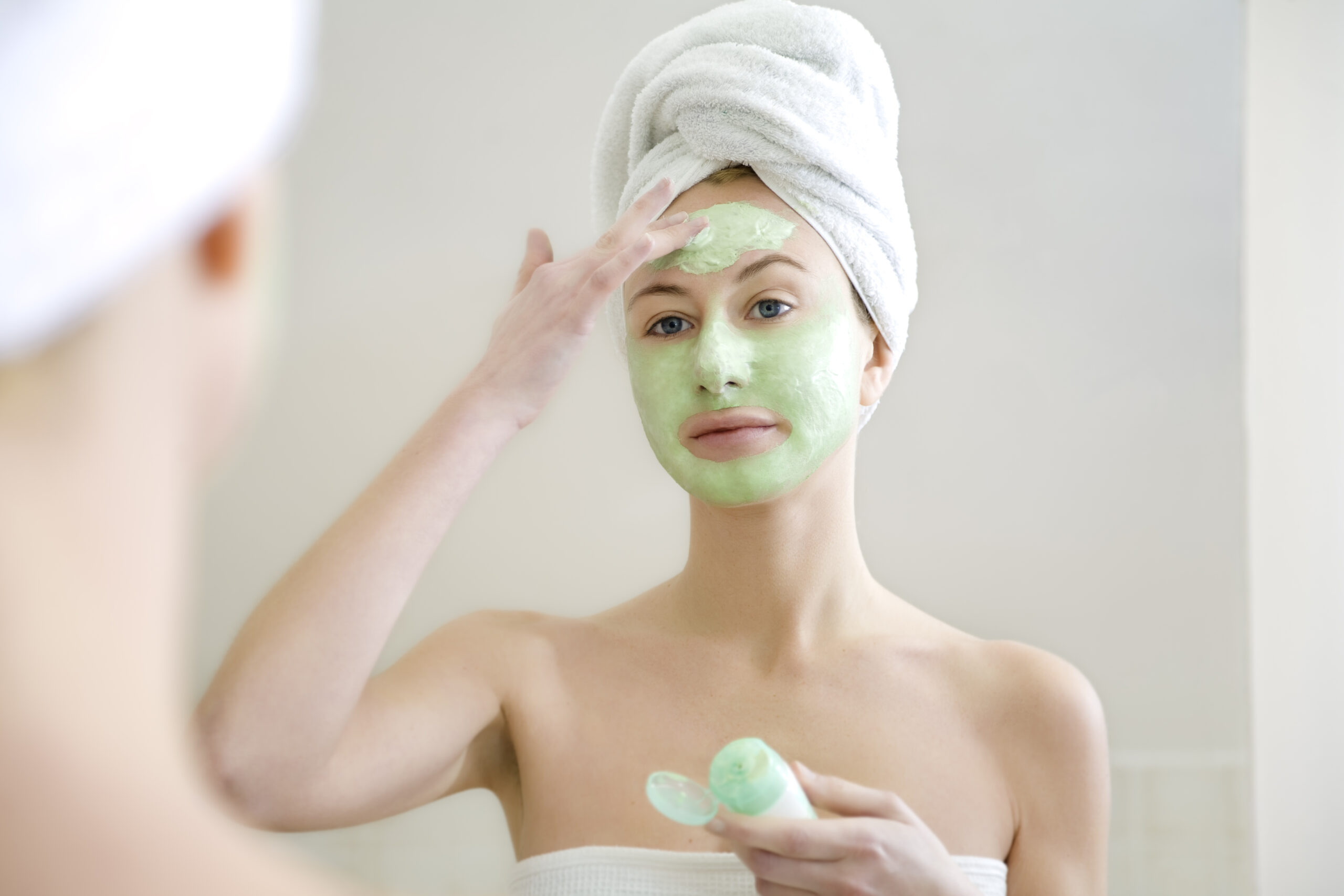The Appeal and Benefits of Facials for Self-Care and Skin Health
Facial care treatments like facials are some of the most common ways people take care of their skin today, often associated with spending time in a spa environment. While a spa day sounds like an excellent method for self-care, it can be difficult to set aside the necessary time in a chaotic world. Fortunately, for those looking for the mini spa experience, there are several at-home facial care options to throw together after a 9-5. Not only are facials an appealing option for self-care, but they can also be beneficial for the skin itself, with varying results depending on the facial method and components used.3 At-Home Facial Care Methods
Method #1 Facial Scrubs:
A considerably aggressive method, facial scrubs scour away dead skin cells, unclogging pores and creating smoother, brighter, and more even-toned skin. In removing the outermost layer of skin (which sounds a bit harsh), exfoliating facial scrubs can help increase the absorption of antioxidants, better protecting against skin damage and premature aging. Generally speaking, exfoliating facial scrubs are actually more affordable than professional peels or other treatments.
However, some can cause skin irritation, especially if they contain harsh or abrasive ingredients. It’s important to choose a product that is best for your skin type, and to follow the instructions carefully to avoid over-exfoliating. Exfoliating facial scrubs may not be the best for those with sensitive skin or certain skin conditions, such as rosacea, eczema, and other more severe skin concerns. Exfoliating no more than twice a week helps to avoid potentially damaging the skin due to over-exfoliation. When in use, apply only to clean and damp skin with gentle, circular motions to carefully massage the scrub into the face. Focus the most attention on the oilier areas of face, specifically the T-zone (the forehead, nose, and chin). When finished, rinse the scrub off thoroughly with lukewarm water and moisturizing after patting dry. Along with regular moisturizers, it’s important to wear sunscreen daily, as facial scrubs can make the skin more sensitive to the sun.
Method #2 Facial Peels:
Just as with facial scrubs, facial peels can help in removing dead skin cells to result in even and smoother skin. The peel, however, is much less harsh than the scrub, with reduced chances of skin tearing due to coarse contents. Adding antioxidants into the mix, such facial peels assist in reducing fine lines and wrinkles. By exfoliating the skin and promoting collagen production, facial peels can help reduce the appearance of fine lines and wrinkles. In tending with the outermost layer of the skin, facial peels can help increase the absorption of antioxidants, allowing them to be better absorbed by the skin, as well as minimizing the risk of skin damage and premature aging.
When selecting a peel, it remains important to consider skin type and sensitivity in order to avoid irritating the skin. Damage is still possible, especially if the product is overused and contains a great volume of acids. In applying a peel, it is best to spread on clean and dry skin, and leave on for the recommended time as dictated by the product’s instructions. Afterwards, rinse off with lukewarm water and moisturize. Daily sunscreen is a must, as well as keeping one’s face out of direct sunlight for long periods of time. Take care with peels in combination with severe skin conditions remain, as it could irritate them further. But perhaps one of the biggest drawbacks to facial peels is their cost, as they can become quite expensive (especially in a professional setting). At-home peels tend to skew on the more affordable side, in which case, one must consider the quality of the peel product in order to ensure their safety and the results desired.
Method #3 Facial Oils:
Facial oils help to hydrate and sooth the skin, promoting anti-aging as well. Facial oils can help hydrate the skin and provide essential nutrients and antioxidants, resulting in plumper, more youthful-looking skin. Antioxidants can help reduce the risk of skin damage and premature aging. Facial oils can help soothe and calm irritated skin, making them ideal for individuals with sensitive or dry skin. Facial oils can be used in a variety of ways, including as a moisturizer, serum, or makeup primer.
Some facial oils can be heavy and pore-clogging, leading to breakouts and other skin concerns. It’s essential to choose lightweight facial oil that is suitable for your skin type. Warm just a few drops in the palms before applying gently, with upward motions. Pay particular attention to any dry or problem areas of the face, but generally avoid the eye area. For better absorption and to avoid sun exposure, consider applying at night. Some facial oils can be expensive, especially if they contain high concentrations of antioxidants or other beneficial ingredients. Facial oils may not be suitable for individuals with oily or acne-prone skin, as they can exacerbate these skin concerns. Facial oils can take longer to absorb into the skin than other moisturizers or serums, which can be inconvenient for some.
Incorporating Antioxidants into Your Skincare Routine for a Youthful, Radiant Complexion
In conclusion, facials with antioxidants are an excellent option for those looking to improve their skin’s health and appearance. By incorporating these treatments into their skincare routine, people can enjoy the many benefits that antioxidants have to offer and achieve a more youthful, radiant complexion.


